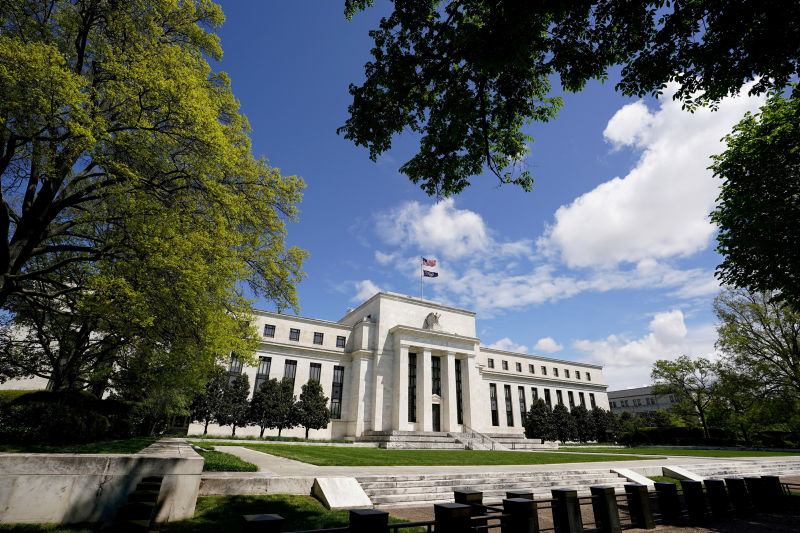The risk that China’s teetering property developers — led by Evergrande — spark a nationwide debt crisis that ricochets around the globe has eased recently. But it’s still a threat and one with knock-on effects that could expose what’s hidden beneath an ocean of global liquidity created by central banks.
The Federal Reserve said as much last week, when it warned stresses in China’s property market could impact the US, “strain global financial markets’’ and “pose risks to global growth.’’
It’s the ocean of global liquidity that’s the real problem though, even if it is an event such as a disorderly unravelling of an Evergrande that exposes fragilities in the world economy.
The pace of liquidity deployed to counter the Covid pandemic crisis is truly stunning. By way of direct purchase of securities over a period of nearly 72 months during the global financial crisis, the liquidity created by the Fed during 2007-08 was roughly $3.7 trillion.
In response to the Covid pandemic, it is a jaw-dropping $4.2 trillion unleashed over just 16 months. The European Central Bank (ECB), Bank of Japan, and Bank of England have been similarly generous.
Cheap liquidity and easy access to capital have lifted market valuations across the world since the Covid pandemic hit early last year. That’s unleashed animal spirits in investors, and helped drive up inflation that now looks increasingly troubling.
To restore sanity, central banks must eventually intervene by normalizing interest rates. Cheap capital will then recede, leaving markets and underlying weaknesses exposed. Emerging markets are, as always, especially vulnerable.
Drawing parallels
We’ve seen it so many times before.
In the lead up to the global financial crisis (GFC) of 2007-08, a wave of liquidity flooded the US and much of the world. This fuelled an unsustainable mortgage and derivatives boom, lifting markets to record highs.
Things did not go awry until monetary normalization started to suck out liquidity at a rapid pace. Between June 2004 and June 2006, the US Federal Reserve raised the discount rate (direct lending window to commercial banks) by a whopping 425 basis points.
The house of cards began to crumble in 2007, and the so-called ‘Lehman Moment’ came in 2008, when the financial system was near total collapse.
India’s bad debt mess
Another case in point is the collapse of India’s Infrastructure Leasing & Financial Services Ltd (IL&FS) in September 2018 that followed soon after monetary normalization began in June of the same year.
Several entities operating in construction and allied sectors were caught off-guard as malpractices were unearthed on a massive scale across the economy. The seeds of this debacle were, however, sown in the wake of the GFC.
The availability of cheap money in the aftermath of the GFC drove up markets in capital-starved EMs such as India, and were channelled mostly into infrastructure and housing sectors.
As the evolving global normalization phenomenon began to turn off the liquidity tap, rapid capacity additions forced Indian enterprises to borrow from domestic banks at much higher interest rates.
When these interest obligations went up further because of tightening monetary policy, it was all too difficult to maintain a semblance of ‘normalcy’.
India’s burgeoning non-performing asset pile is a painful recollection of what mindless leverage-powered growth can do to an economy during times of monetary tightening.
Tough Choice For Central Banks
Central banks now have a tough choice: prolong this liquidity circus or apply the brakes through a calibrated normalization approach. The latter will be painful, exposing all manner of zombie companies kept alive by cheap liquidity.
If they opt to keep the cheap money spigot open — and if history is any guide, that’s the more likely outcome — such an act of central bank benevolence will do nothing but stoke the fires of inflation and transfer massive piles of debt for future generations to pay.
- By Karan Mehrishi
ALSO READ:
























